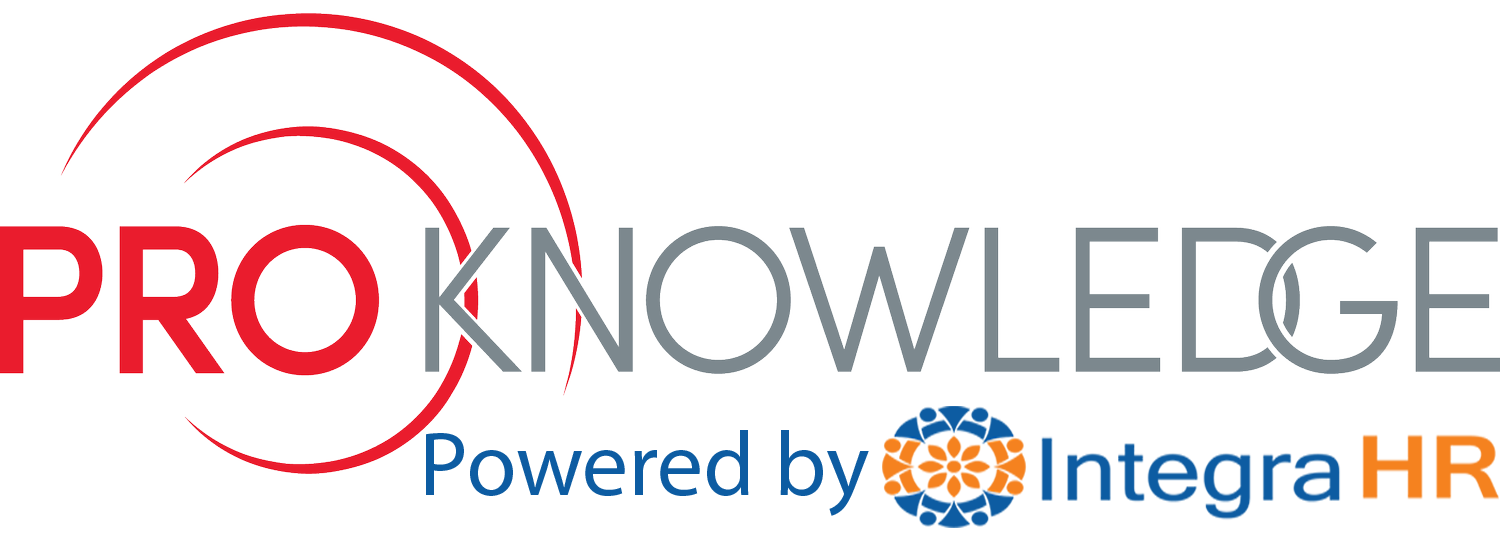Addressing Microaggressions at Work
When it comes to talking about microaggressions, some may choose to focus on unconscious bias. Many times, individuals will claim to not have intended to upset another person and express that a harmful comment was a joke or innocent; however, this is a way to shirk responsibility.
Microaggression is about intention.
As professionals, we want to be known for what we contribute to our workplace, and as individuals, we want to be known for what we contribute to the lives of those around us. Many do not want to be known by something that is fact. For example, referring to an older coworker as ‘Gramps’ may seem like a harmless comment; but, this statement does not account for how this statement impacts the recipient of the comment and severely limits how that individual is viewed by others.
3 Strategies to Address Microaggressions
Dealing with microaggressions at work may not always be easy or straightforward, so having strategies on hand to swiftly address the situation is essential to establishing and maintaining civility in the workplace.
1. Say something immediately.
If you’re dealing with microaggressions in your workplace, it’s important to say something right away — before it gets worse. Awareness is the cornerstone when it comes to addressing microaggressions in the workplace. Gain control of your emotions so that you are completely aware of the conversation and nobody can claim they don’t remember what was said.
2. Understand your role.
By not directly addressing a microaggressor, you are essentially saying you are okay with their comments. Whether it was an email, a text, or an in-person comment, you don’t have to say anything but understand that by not saying anything, you are giving them an unspoken signal that their behavior is acceptable.
3. Ask a clarifying question.
This simple solution is one of the best things you can do when dealing with a microaggressor. Asking clarifying questions puts them in a position where they have to acknowledge what they’ve said or done — making them do a self-check. This creates an opportunity for the microaggressor to recognize their unconscious bias and how their actions and words affect you. As an example, someone who was referred to as “Gramps” might ask, “What makes you think I’m old enough to be someone’s Grandpa?” This allows the microaggressor to check their intent and how it felt to the recipient.
Dealing with microaggression in the workplace is challenging and uncomfortable. However, the best and only way to prevent future instances is by directly addressing this situation, discussing how their comments make you feel, and respectfully but specifically asking them to stop.



